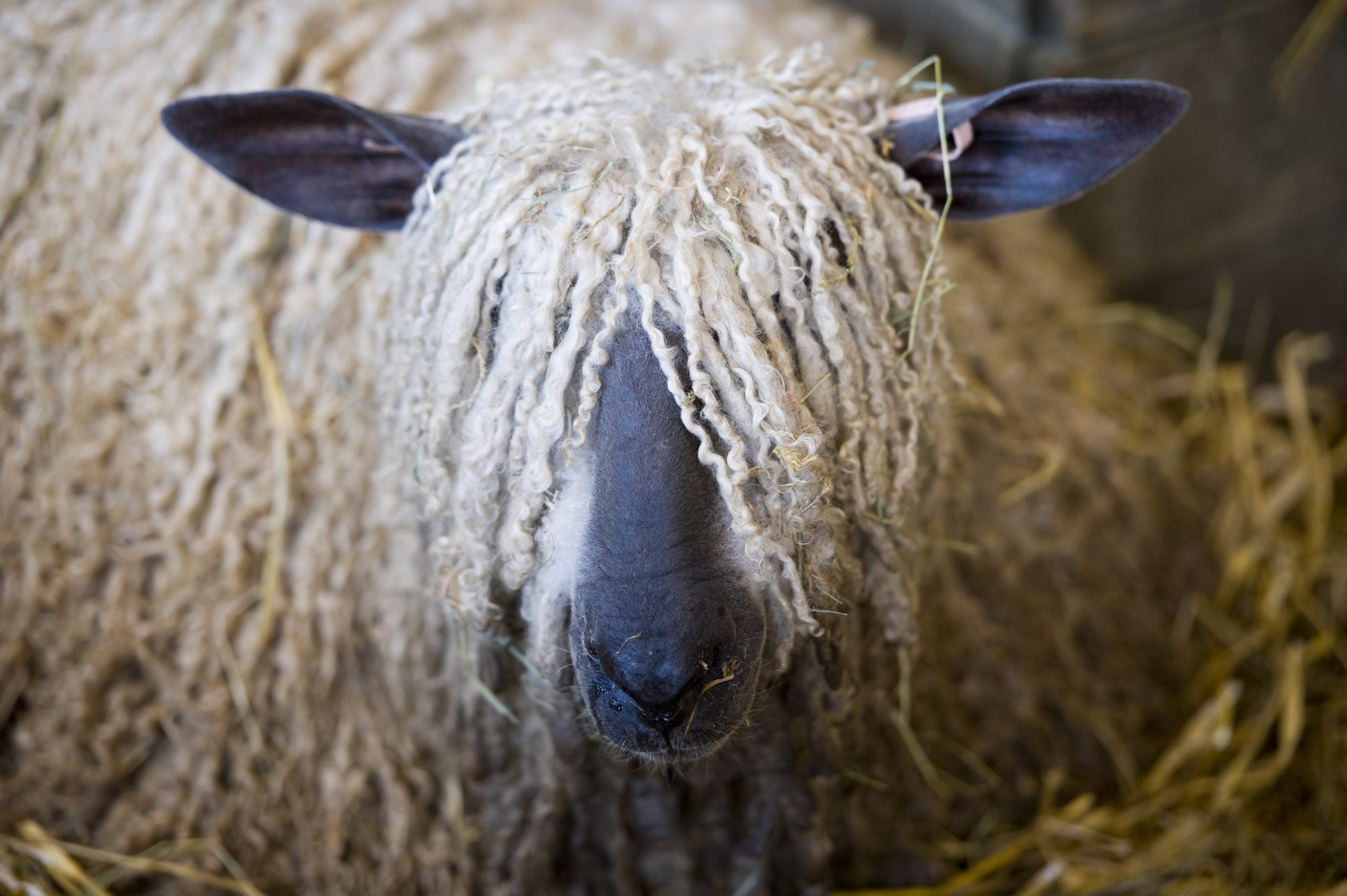
Fibre in Focus - Wensleydale
Wensleydale sheep - they look so chilled out, with their loopy hair curling over their eyes. This is another breed that is difficult to misidentify, although other longwools such as Teeswater can look similar. However, Wensleydales usually have a distinctive deep blue face and ears, and the curly fleece, or 'topping', that falls over their eyes is extremely long.
Remember the Dishley Leicesters I mentioned in my last fibre post about Bluefaced Leicesters? All Wensleydale sheep can trace their origin back to one Dishley Leicester ram called Bluecap.
Wensleydales were highly valued as a crossing breed, because they pass on traits including hardiness, size and profligacy – a Wensleydale ewe regularly produces good-sized twins. Other breeds began to take over as crossing breeds, however, and the Wensleydale population began to decline. It's now classified as a rare breed.
What about the wool?
Let's talk about Wensleydale wool and why you should love it. (Confession - I did not love it at first, but now I'm a convert.)
Wensleydale has a delightful fleece, with long curls ideal for lock spinning or adding to art yarn and felting projects. A micron count of 30-38 puts it at the softer end for longwools. The highly lustrous wool takes dye like silk, with clear, intense colours.
Wensleydale's staple length suits it to combing, rather than carding, as it preserves the characteristic crimp and shine. Its yarn is commonly used for tapestry and weaving because of its strength and lustre, but the new love for British wools means it's increasingly available as a knitting or crochet yarn. Hurrah to that, I say.
So why didn't I love it? I'd start spinning with high hopes, but always found my yarn unpleasantly scratchy. I gradually realised that I wasn't making allowances for its unique character, and was treating it the way I'd treat Merino or BFL. I generally spin worsted, which suits Wensleydale, but I always added too much twist.
I changed my approach, and tried spinning with a very gentle twist, and it bloomed into something really special. I particularly enjoy spinning singles yarn from Wensleydale - the results can be spectacular.

